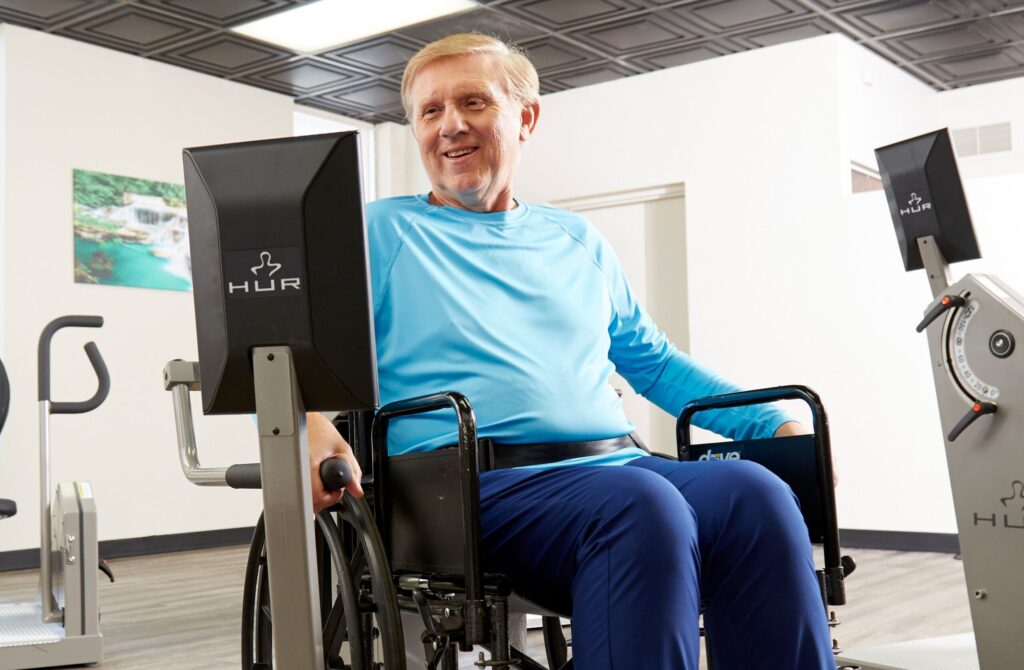Roughly one in four adults in the United States is living with a disability. Traditional strength training equipment is often too difficult to use independently, making it difficult for fitness centers to serve those with disabilities. Purchasing accessible equipment allows an institution to serve a wider client base in a more appropriate way. When choosing accessible strength equipment, it is important to keep the Principles of Universal Design in mind. For those that are not familiar with the term “Universal Design,” it refers to the design and composition of buildings, products, or services that make them accessible, understandable, and useful to the greatest number of people possible, regardless of age, size, ability, or disability. Utilizing the 7 Principles of Universal Design, below is a checklist that will ensure the strength training equipment you purchase is accessible to all.
✔ Equitable Use
How independently can an individual with disabilities use the equipment?
Equitable Use focuses on whether or not the design of the equipment accommodates users with diverse abilities. Consider purchasing equipment that incorporates these elements into the design. Look for equipment with strong and sturdy handgrips that allow an individual to easily transfer onto and off of the equipment. Even better, look for equipment with a removable chair, so a wheelchair can roll into it, eliminating the need to transfer.
✔ Flexibility in Use
Can the equipment be used in a variety of ways and easily accommodate both wheelchair and non-wheelchair users?
When a fitness center offers something for everyone, it breaks down barriers and builds community among a wide range of abilities. Consider equipment that can be used in multiple ways, such as the HUR Pulley, which can also accommodate wheelchair and non-wheelchair users. For instance, a person in a wheelchair can perform a seated row, and a non-wheelchair user can perform a standing wood chop in order to improve their golf swing. Dual-function equipment, such as this Push Up / Pull Down, is one type of machine that trains the shoulders, chest, and biceps. Equipment that works multiple muscle groups is not only efficient but reduces the number of transfers needed compared to traditional strength equipment.
✔ Simple and Intuitive
How easy is it to understand and use the equipment?
Simple and Intuitive use refers to a design that is easy for people to understand, regardless of their experience, language, or current cognitive ability. Smart (technology-driven) strength equipment takes away the guesswork by automating basic and advanced functions. Smart adjustments eliminate the frustration of adjusting pins and levers manually. Instead, equipment can be pre-set with the appropriate seat and lever settings based on the individual. In addition, smart-equipment makes it even easier by automatically loading appropriate resistance levels and guiding an individual on how many repetitions are needed based on the individual's workout plan. This convenience allows any user, regardless of ability and cognitive status, to benefit from the equipment.
✔ Perceptible Information (Multi-sensory feedback)
Does the equipment provide feedback for multiple senses?
The principle, Perceptible Information, focuses on how the equipment design provides multi-sensory feedback so people can use the machines independently, regardless of their physical or cognitive limitations. Large touch screen displays and auto chimes are helpful for individuals with reduced vision. Machines with pictures and easy to read displays are helpful to those with different learning styles. Electronically adjustable seats and lever arms make set up easy for individuals with limited grip strength. Low starting weights and small incremental weight adjustments provide meaningful training for individuals with low stamina.
✔ Tolerance for Error
What built-in safety mechanisms are there?
Safety is a priority, but even more so for those living with disabilities. Tolerance for Error indicates that the right strength training equipment should minimize any unintended consequences or accidents. Look for equipment with built-in safety mechanisms, such as handles, safety belts, floor mounts, or anti-tilt plates. Range Limiters are another great safety feature that prevent people from over-extending muscles. Machines should be built to last with durable designs and upgradable features. Even better, look for manufacturers who maintain a certified quality system that follows ISO 13485:2003 and ISO 9001:2008 standards.
✔ Low Physical Effort
What is the lowest starting weight for the equipment?
Low Physical Effort focuses on the design’s comfort and efficiency to minimize fatigue. Traditional strength training equipment often has a starting weight of 5-10 lbs. Although these starting weights may seem low, for those with back pain, joint pain, or a recent injury, these starting weights may be too high. Pneumatic equipment, with its close to zero starting weight, can be a great solution. Not only does it support all strength levels and abilities, but the lack of inertia reduces stress on the joints, limbs, and connective tissues. Pneumatic strength training equipment simulates the natural movement of muscle, supporting safe and effective training at both low and high speeds. This allows the user to train harder with less risk of injury.
✔ Size and Space for Approach and Use
Is there adequate space between the equipment?
The final principle, Size and Space for Approach and Use, is two-fold. First, it focuses on whether or not the design is appropriate to accommodate all individuals regardless of body size, posture, and mobility levels. With this in mind, consider smart equipment where seat and lever settings automatically adjust to an individual based on their own settings. Second, it focuses on how easy it is to access the equipment. Because of the weight stacks and pulleys required on traditional strength training equipment, the physical footprint can be extremely large. As a result, strength training equipment may be close together making it difficult for someone with a mobility device to access the machines or have the necessary turning space. Look for strength training equipment with a smaller footprint allowing for larger spaces in between the equipment. Even better, look for dual-function or multifunction machines to save space and give the added benefit of limiting the number of times a person will have to transition from one to another.
With so many adults living with disabilities, it only makes sense to take the 7 Principles of Universal Design into consideration when you are purchasing new strength training equipment. Watch this video to learn more about HUR Accessible Equipment.







